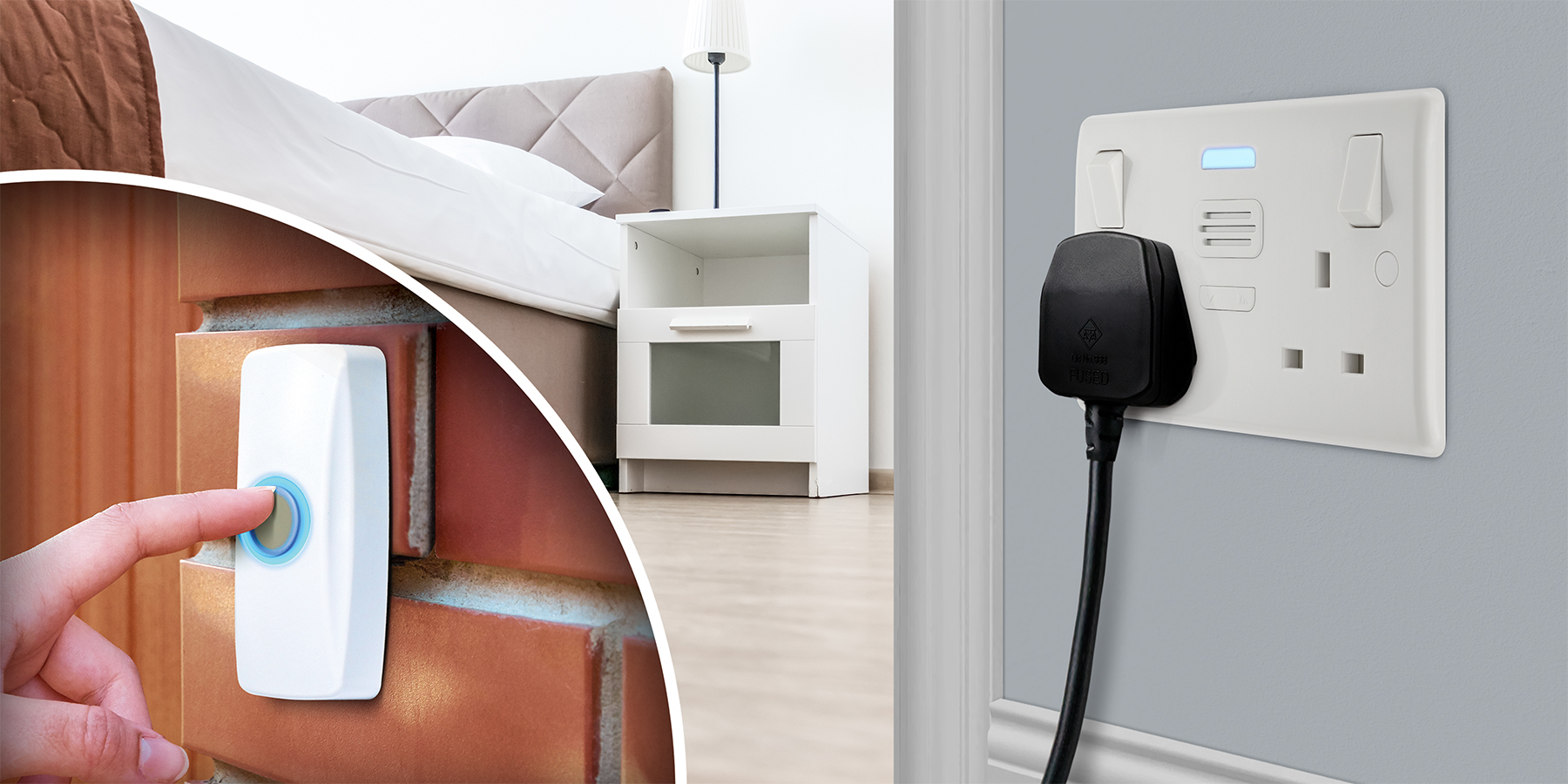
Wiring devices" typically refer to electrical devices and components used in the installation and maintenance of electrical systems. These devices play a crucial role in providing power, controlling electrical circuits, and ensuring the safe and efficient operation of electrical systems in homes, offices, and industrial settings. Here are some common types of wiring devices:
1. Receptacles (Outlets): These are electrical sockets where devices and appliances can be plugged in to access power. They come in various types, such as duplex outlets, GFCI (Ground Fault Circuit Interrupter) outlets for safety, and USB outlets for charging electronic devices.
2. Switches: Switches control the flow of electricity in a circuit by opening or closing the circuit. Common types include single-pole switches for controlling one light or outlet, double-pole switches for larger appliances, and three-way or four-way switches for controlling lights from multiple locations.
3. Dimmers: Dimmer switches allow you to adjust the brightness of lights, providing control over the amount of light in a room. They are commonly used in areas where different lighting levels are desired, such as dining rooms or bedrooms.
4. Wall Plates and Covers: These are used to cover and protect electrical wiring and devices. Wall plates come in various styles and finishes to match the decor of a room. They are available for switches, outlets, and other devices.
5. Plugs and Connectors: Plugs are used to connect electrical devices to power sources. Connectors are used to join different electrical components or extend wiring.
6. Junction Boxes: These are enclosures used to protect and contain electrical connections, helping to prevent electrical fires. They provide a safe and organized space for splicing wires or connecting devices.
7. Cable and Wiring: This includes the actual wires used for electrical connections, such as electrical cables (with conductors inside) and wiring devices like wire nuts for connecting wires.
8. Circuit Breakers and Fuses: These devices protect electrical circuits from overloads or short circuits. Circuit breakers trip and can be reset, while fuses need to be replaced once they blow.
9. GFCI (Ground Fault Circuit Interrupter): GFCI outlets and breakers are designed to quickly disconnect power in the event of a ground fault, reducing the risk of electric shock.
10. AFCI (Arc Fault Circuit Interrupter): AFCI devices help prevent electrical fires by detecting dangerous arcing in the circuit and interrupting the power.
When working with wiring devices, it's important to follow electrical codes and safety guidelines to ensure a safe and reliable electrical installation. If you're not familiar with electrical work, it's advisable to consult a qualified electrician.
Copyright © 2024 Arka Building Solutions Private Limited All Rights Reserved. Designed by : Saiway Tech